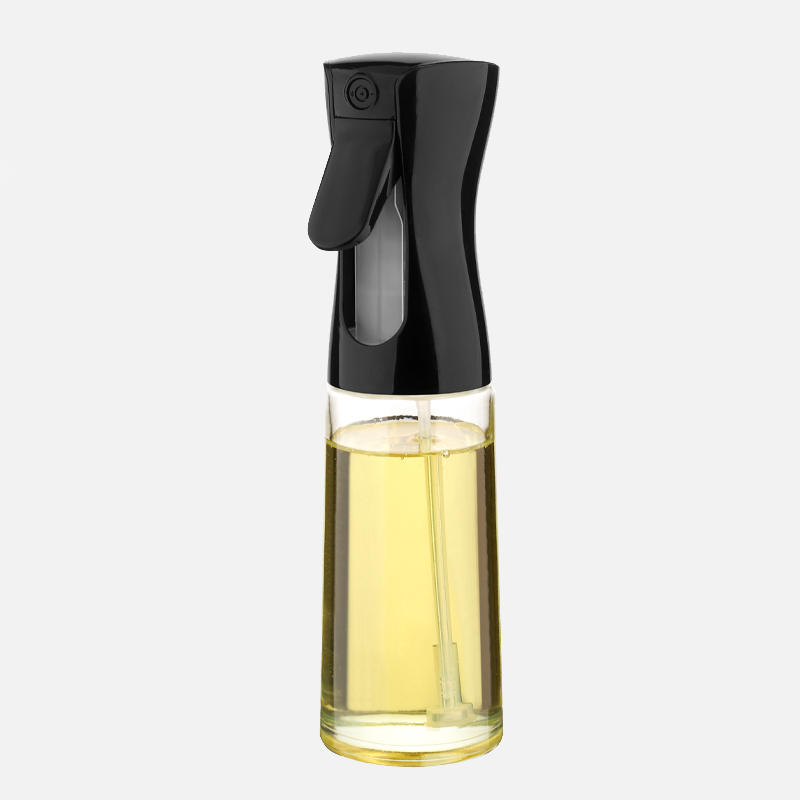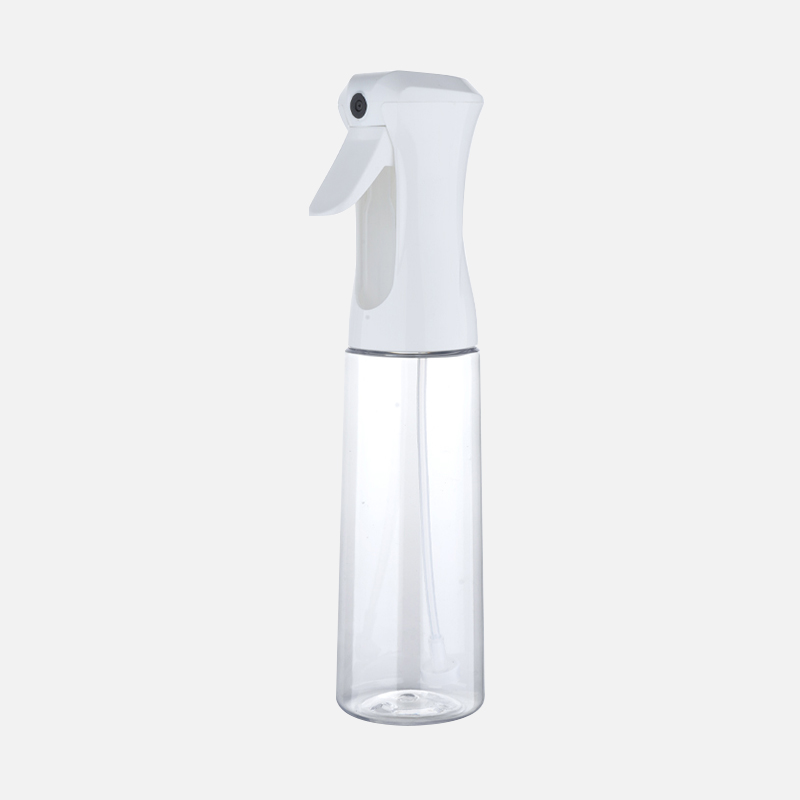Maintaining foam pumps in proper working condition is essential to ensure their longevity and optimal performance over time. Foam pumps are widely used in various industries for dispensing liquid products in a foamed form, offering convenience, efficiency, and ease of use. To keep foam pumps functioning effectively, several maintenance practices are recommended.
Regular cleaning is perhaps the most important aspect of foam pump maintenance. Over time, residue from the products being dispensed can accumulate within the pump mechanism, leading to clogs and affecting its ability to deliver foam efficiently. Therefore, it's essential to clean the foam pump regularly to prevent buildup and ensure smooth operation. Disassembling the foam pump according to the manufacturer's instructions allows for thorough cleaning of all components, including the pump mechanism, nozzle, and any other parts where product residue may accumulate. Warm water and mild soap are typically sufficient for cleaning, but it's important to rinse the components thoroughly and allow them to dry completely before reassembling the pump.
In addition to regular cleaning, it's important to avoid cross-contamination when using foam pumps for dispensing different products. If the foam pump is used for multiple products, such as hand soap and facial cleanser, it's essential to clean and sanitize the pump between uses to prevent mixing of formulations. Ideally, separate foam pumps should be used for different products to minimize the risk of cross-contamination.
Regular inspection of the foam pump for wear and damage is also critical. Signs of wear, such as cracks, leaks, or loose components, should be addressed promptly to prevent further issues. Damaged or worn parts should be replaced as needed to maintain proper functionality. Additionally, checking the seals and O-rings of the foam pump regularly ensures that they are intact and functioning correctly. Damaged seals or O-rings can lead to leaks and affect the pump's performance, so they should be replaced as needed.
Some foam pumps may benefit from occasional lubrication to ensure smooth operation. Following the manufacturer's recommendations regarding the type and frequency of lubrication required is important. Using a lubricant specifically designed for foam pumps and applying it sparingly to the appropriate components can help prolong the pump's lifespan and maintain its performance.
Proper storage of foam pumps when not in use is also essential for maintaining their functionality. Storing foam pumps in a clean, dry environment away from direct sunlight and extreme temperatures helps prevent degradation of materials and ensures that the pump remains in good condition between uses.
Overall, regular maintenance is key to keeping foam pumps functioning properly. By following these maintenance practices, foam pumps can be kept in optimal condition, ensuring reliable and efficient dispensing of products over time. Regular cleaning, inspection, lubrication, and proper storage are essential to prolong the life of foam pumps and maintain their functionality.

 English
English 中文简体
中文简体 Tiếng Việt
Tiếng Việt







 :
: